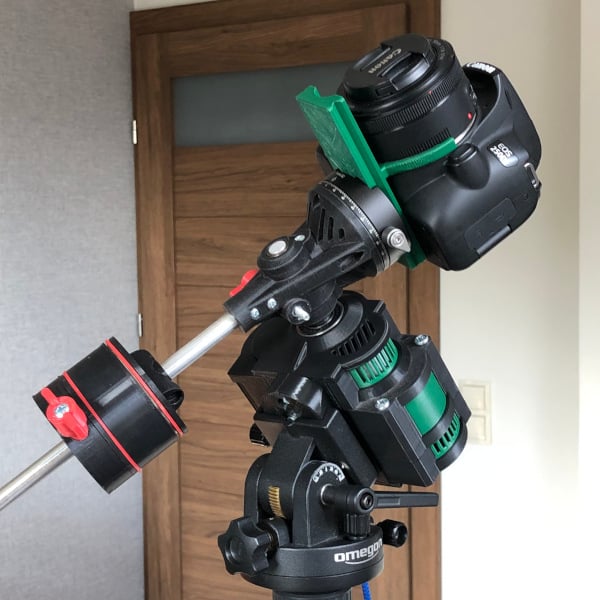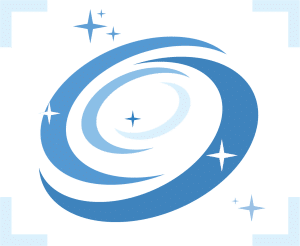
With everything going on lately, I totally missed the fact that I’ve now posted over 100 blog articles. It seems like just yesterday I headed out for my first imaging session. And man, I have learned a lot and come a long way since I got started. Needless to say, I’m hooked. But as I continue to wait for the weather to clear and survey all the projects I’m working on, I can’t help but think this would be an excellent time to review my astrophotography process. Am I building the right plans for what I want to accomplish in this hobby? That’s the question I want, rather need to answer right now.
Where Am I?
When I started with astrophotography, I deliberately chose to start small with the expectation that I’d slowly grow into the hobby. I think I’ve done rather well in this regard. After all, if you’re not careful, you can easily bankrupt yourself through equipment purchases! I’ve spent some hard-earned money for sure, but I really embraced and love the DIY aspect of the hobby. So I’ve optimized my expenses and I’m quite content with the equipment that I’m working with. And I don’t see that changing in the near future.

I want to continue with DSLR astrophotography. Yes, the lure of a dedicated astrophotography camera is strong, but I haven’t exhausted my learning and enjoyment with my Canon EoS 250D. And if I’m being honest with myself, I’m not quite ready to make the jump to telescopes yet. So I can’t make a compelling case at this time to invest in dedicated and specialized equipment. I think I’ll get there eventually – just not right now.
That begs the question, then where do I need to focus my craft next? I find myself having the hobby equivalent of a mid-life crisis!
It All Started When…
SharpCap is telling me that I need to renew my software license this week. This really got me thinking, do I really need to use SharpCap? The only thing I’m using SharpCap for in my astrophotography process is polar alignment. But that’s a pretty important “thing”, right? What if I step back and take a look at my imaging process as a whole – what does that really look like (on a good night)?
- Put all my stuff together (tripod, mount, camera, power, dew heater) – 5-10 minutes
- Launch APT to measure my focus with the Bahtinov mask on the lens
- Launch the program I wrote to control my focuser and dial in the focus – 5 minutes
- Stop APT and launch SharpCap to polar align my rig – 10-15 minutes
- Stop SharpCap and launch APT again to frame my target with plate solving and Stellarium integration – 10 minutes
- Use APT to run my imaging session
- Use APT to take my calibration frames
Right now it takes me 30-40 minutes to set up while using 4 different software programs to manage my imaging session. Not terrible, but it is a bit cumbersome. And I really don’t want to renew my SharpCap license if I’m not fully taking advantage of all the functionality it has to offer. That said, at least SharpCap is VERY affordable and I feel that was money well spent last year. That puts me at a crossroads…
What’s the Plan?
Lurking around in the back of my mind are thoughts about autofocusing and autoguiding. The former is a function of being slightly OCD and wanting to see my Samyang focuser project grow to its fullest potential. The latter is a logical next step for advancing my astrophotography process. Obviously, I’ll need to take the plunge and start learning how to write ASCOM drivers. Fine. And purchase a guide scope and camera. OK. That also means I’ll need to up my game with how I control my focuser and my DIY EQ mounts. But this path seems to make the most sense. Because if I ever want to start dabbling with telescopes, I’m going to need to start guiding. And I don’t want or even think I need to purchase a commercial tracker solution to gain this functionality.
The next-gen version of my star tracker is well under development as you may have briefly read. I still have a lot of work on this front, but I’ve ordered all the electronics and I’m just waiting on the DPD guy to come through for me again. But regardless, I should wrap that up in a month or so before the weather really starts getting nice. Spoiler alert – I ran the numbers this morning and it looks like the total cost of the next tracker is going to come in around $75. Or about $100 dollars if you’re living in a VAT country – don’t get me started… But again, the most expensive part will be the Arduino Nano 33 BLE Sense chip.
That’s All Good, But…

How does this all relate to the review of my astrophotography process? Yes, I know this has been a bit of a meandering post, but here’s the punchline. I’ve decided as part of my review, I’m going to evaluate using Nighttime Imaging ‘N’ Astronomy (N.I.N.A.) as a possible replacement for both APT and Sharpcap as my go-to imaging software platform.
The reason this might interest you is that I have zero experience with this tool and will be coming at it completely fresh. And clearly, I want to know what N.I.N.A. has to offer someone at my level in the hobby. I downloaded the software and opened it. But I have yet to set anything up. At first glance, it appears quite intimidating. But is it? I don’t know. But I’m going to find out and let you know.
That’s not to suggest there is anything wrong with APT or SharpCap – I love them both. But if I can streamline the software I use for my imaging sessions and save a couple of bucks in the meantime, it’s worth at least looking into.
So keep an eye out as I scamper off and start exploring N.I.N.A. and of course, continue developing my tracker and focuser projects.
